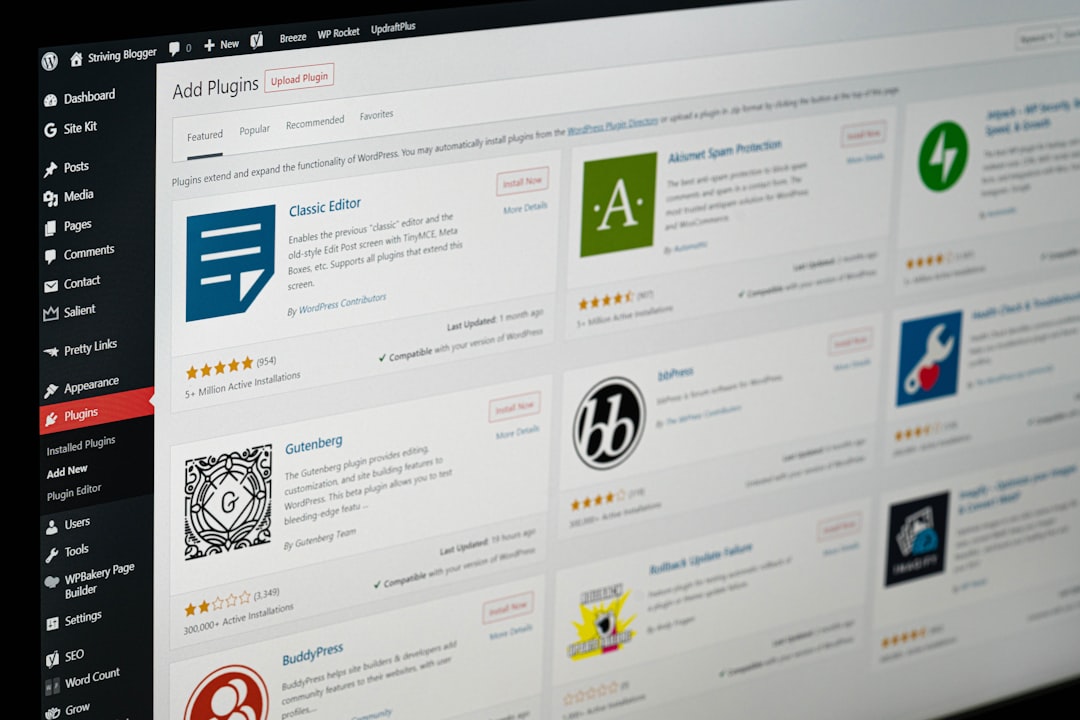Creating a membership website is one of the best ways to offer exclusive content, build a loyal community, and generate recurring revenue. Thanks to WordPress and its vast ecosystem of plugins and themes, launching a membership site has become more accessible than ever. Whether you’re a content creator, educator, or entrepreneur, building a membership site can be a game-changer for your brand or business.
Streamline member onboarding and keep content flowing with AI Bud WP. It can draft gated lessons, FAQs, and emails right in WordPress, and you can deploy a site chatbot to answer pre-sale and member support questions without leaving your dashboard.
Why Choose WordPress for a Membership Website?
WordPress powers over 40% of all websites on the internet—and for good reason. Its flexibility, scalability, and enormous library of plugins make it the go-to platform for projects like membership sites.
Here are a few reasons why WordPress is ideal for a membership model:
- Open-source and free: WordPress gives you full control over your website.
- Highly customizable: With thousands of themes and plugins, you can tailor your site exactly to your needs.
- Supportive community: A vast user base and developer community mean you’ll never be short on resources or support.
Step-by-Step Guide to Building a Membership Website
Now that you understand the benefits, let’s go through the actual process of building a membership website with WordPress.
1. Choose the Right Hosting and Domain
First, you need a reliable web host and a custom domain name. For a site that’ll be managing user data and providing premium content, speed and security are essential.
Recommended features to look for:
- SSL Certificate for secure transactions
- Scalable hosting plans
- Strong uptime performance
Once you pick a hosting provider like SiteGround, Bluehost, or WP Engine, go ahead and install WordPress. Many hosting providers offer one-click WordPress installation to simplify this step.
2. Select a Membership Plugin
Choosing the right plugin is crucial—this will determine everything from managing payments to controlling access levels. Some of the most popular options include:
- MemberPress: A full-featured plugin with robust access controls and payment integration.
- Restrict Content Pro: Simple but powerful, especially for content-heavy sites.
- Paid Memberships Pro: Feature-rich and developer-friendly.

Each of these plugins has different strengths, so choose based on your site’s needs. Most offer free and premium versions—start small and upgrade when necessary.
3. Install and Configure the Plugin
After choosing your plugin, install it from your WordPress dashboard. Then walk through the plugin’s setup process, which typically includes:
- Creating membership levels
- Configuring registration forms and login pages
- Setting price points and recurring billing options
- Designing access rules for protected content
Spend some time testing the user journey—from signing up to accessing members-only content. Most plugins offer shortcodes or blocks to make it easier to place sign-up forms throughout your site.
4. Choose a Membership-Friendly Theme
Your site’s theme needs to be well-optimized, mobile-friendly, and compatible with your membership plugin. Look for themes that are:
- Responsive on all devices
- Designed to integrate with major plugins
- Easy to customize with drag-and-drop builders
Themes like Astra, GeneratePress, and Divi are great options that balance aesthetics, performance, and flexibility.
5. Create Member-Exclusive Content
With your foundation in place, start creating the content your members are paying for. This might include:
- Premium blog posts or videos
- Online courses or tutorials
- ebooks or downloadable content
- Community forums or Q&A sessions
Use the access control settings in your plugin to restrict this content to certain membership levels. You can get as simple or as complex as you want with these tiers.

6. Set Up Payment Gateways
Most membership plugins support major payment providers such as PayPal, Stripe, and Authorize.net. During setup, link your accounts and define your pricing structure, including:
- Monthly vs. annual plans
- Free trials or one-time offers
- Coupons and promotional pricing
Clear communication of what each membership tier includes will reduce cancellations and improve customer satisfaction.
7. Customize User Profiles and Dashboards
Give your users more reason to stick around by offering a personalized dashboard. Many themes and plugins let you customize what logged-in users see—your dashboard might contain:
- Links to exclusive content
- Account and billing information
- Progress in a course or series
- Upcoming community events
This enhances the user experience and makes your site feel more like a connected platform than a static webpage.
8. Add Community Features
People join membership sites not just for content, but also for connection. Consider building a community with plugins like:
- bbPress: A lightweight forum solution
- BuddyPress: A social network-style plugin
- wpDiscuz: Enhances commenting and interaction
Encouraging discussions, peer support, and feedback can significantly increase the value of your membership and reduce churn.
9. Monitor and Optimize
As a site owner, your job doesn’t stop once the site is live. Use analytics tools like Google Analytics or MonsterInsights to track:
- User retention and churn
- Popular content and pages
- Conversion rates for sign-ups
Additionally, gathering feedback through surveys or community discussions will help you refine your membership offers and keep your content aligned with member needs.
Pro Tips for a Successful Membership Website
- Start simple: Launch with a single membership tier and a handful of premium content pieces. You can expand later.
- Build an onboarding plan: Help new members understand how to navigate the site and get the most from their membership.
- Keep updating: Fresh content and features will keep existing members engaged and attract new ones.
- Test your site as a user: Join as a test member to experience the site from your audience’s perspective.
Wrapping Up
A membership website can be an incredibly rewarding project, both financially and creatively. WordPress provides all the tools you need to launch, grow, and manage a thriving member-based business. With the right planning, a little technical know-how, and a clear value proposition, you’ll be well on your way to building a successful online community.
Now that you’ve learned the essential steps, take the leap and begin crafting a membership experience your audience will love. Whether you’re offering exclusive tutorials, digital products, or community support, your WordPress membership site is your gateway to long-term recurring revenue and brand loyalty.
